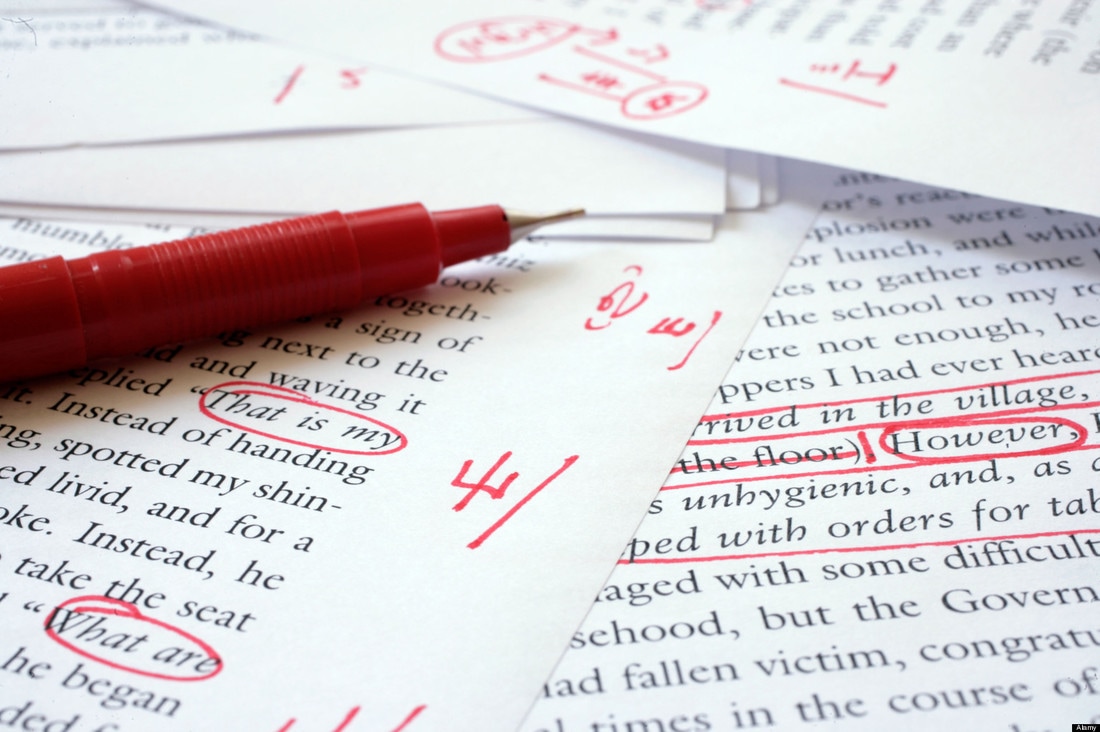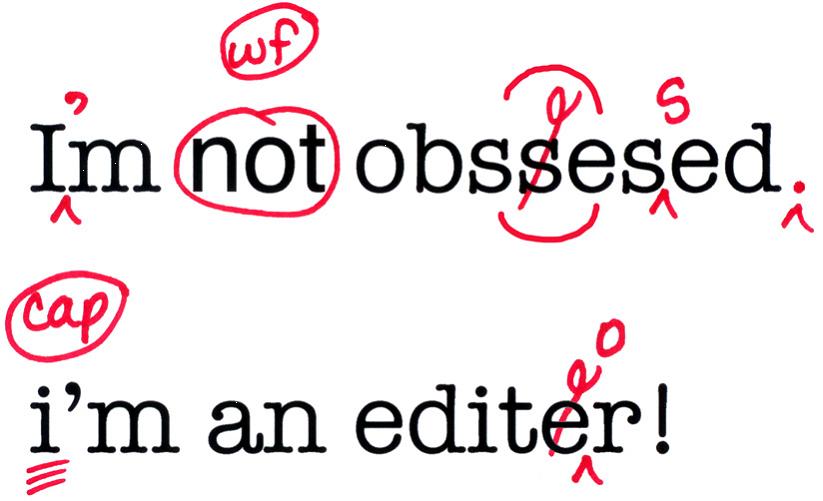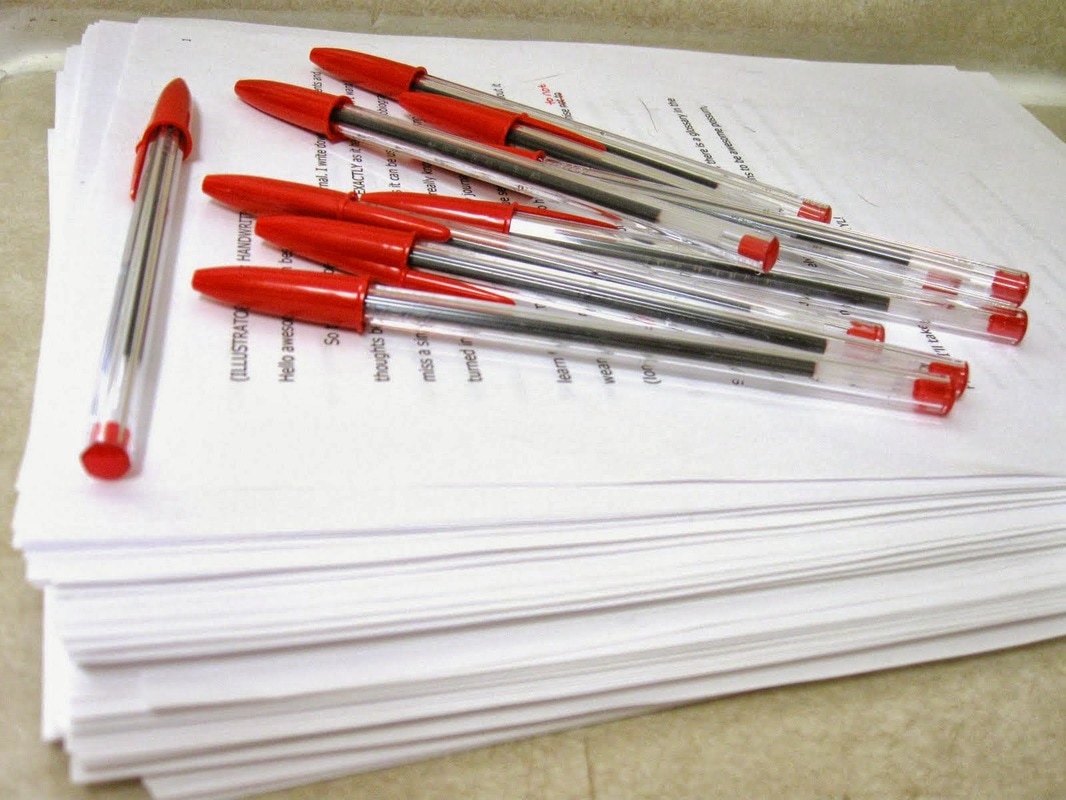Frequently Asked Questions - FAQs1. How do I submit my work to you?
Everything goes through the Contact/Submit page of this website.
2. What happens next? How will I receive an estimate?
Within twenty-four hours, I will contact you by email (or phone, if you have chosen that option).
If you checked one of the "Prix Fixe" boxes:
If you submitted a work for an estimate:
If you decide you want me to do the work, you pay the invoice. I'll bill you for the balance when I'm finished. If you decide you do not want me to do the work, pay nothing (but let me know—we can still part as friends!) Any work that I did on the sample is yours. 3. How do I pay for the services?
All payments are handled through PayPal. If you have your own PayPal account, you can pay the invoice that way. Otherwise, you can use your major credit card.
4. How do you determine estimated costs and turnaround time?
My standard rate is $0.01 per word. If you wish my "Proofreading Only" service, the rate is $0.008 per word.
5. Can you proofread or edit my website?
Sure. Put the link to your website in the "Comment/Question" box, specify the pages you want me to work on, and I'll give you an estimate.
Warning: Since the content of most websites is handled by software I might have no access to and protected by security measures I should have no access to, the correction process will be quite cumbersome. We should talk--give me your phone number on the Contact/Submit Form. 6. What's the difference between proofreading and copyediting?
I offer two levels of service:
Proofreading used to be the last thing to happen to a manuscript before the presses started rolling, but nowadays it can happen at any time. You give me your text and I will make sure the words are spelled correctly, that the verbs agree with their subjects, and that your commas and periods are properly used. Simple, sweet--and indispensable! Ask me for my copyediting service, and you'll still get the proofreading, but I'll do so much more. I'll catch the second usage of a particular adjective in a single paragraph--and suggest an alternative. I'll point out that your argument would be stronger if you rearranged paragraphs three and four. If you specify the Associated Press Stylebook, I'll lose that "Oxford" comma and remind you to use numerals instead of words for numbers 10 and larger. What I will not do is rewrite your work. My goal as a copyeditor is to make your writing as effective as possible, not to make it sound like me. That is why I encourage the "Track Changes" approach, which allows me to explain my reasons for a suggested change in a marginal note, while you retain the right to decline my suggestions, one by one. After all, you are the author! 7. What are the standard stylebook and format choices?
Stylebooks:
Other guideline resources:
Dictionaries of choice:
8. What word processing program should I use?
Any word processing program can be used for writing. Microsoft Word has an excellent "Track Changes" feature that enables me, the editor, to suggest corrections and make comments to you, the author. You can then accept or reject each change as you please.
Google Docs (it's free!) has similar features. If you don't have access to Microsoft Word or Google Docs, please let me know your software, so that I can do my best to accommodate your needs. 9. What is "Track Changes" mode?
Check out the demonstration of "Track Changes"
on the EXAMPLES page of this website! With "Track Changes," you can switch between views of your amended work to see:
All this before you make a single permanent change! When you are ready, you accept or reject each suggested revision in sequence! If you would like me to walk you through the features of "Track Changes" mode after I have edited your work, please ask. We could have a very helpful phone call! 10. What if I don't agree to some or all of the changes?
With "Track Changes," it's up to you: Accept or reject each suggested revision in sequence. Accept all, or accept some. Yea to this one, nay to that one.
It's your decision! 11. How do i get my writing published?
How to Get a Book Published
Getting published requires talent, persistence, and luck. If your dream is to get a book published, you’ll need to how the industry works and what the publishing process looks like.
12. What is the difference between active & passive voice?
ACTIVE VOICE: She slammed on the brakes.
PASSIVE VOICE: The brakes were slammed on by her. Active voice is used for most non-scientific writing. Using active voice for the majority of your sentences makes your meaning clear and keeps the sentences from becoming too complicated or wordy. Even in scientific writing, too much use of passive voice can cloud the meaning of your sentences. Click here for more explanation. 13. Do you have any writing tips?
I have three favorite tips which are described on my home page:
|












